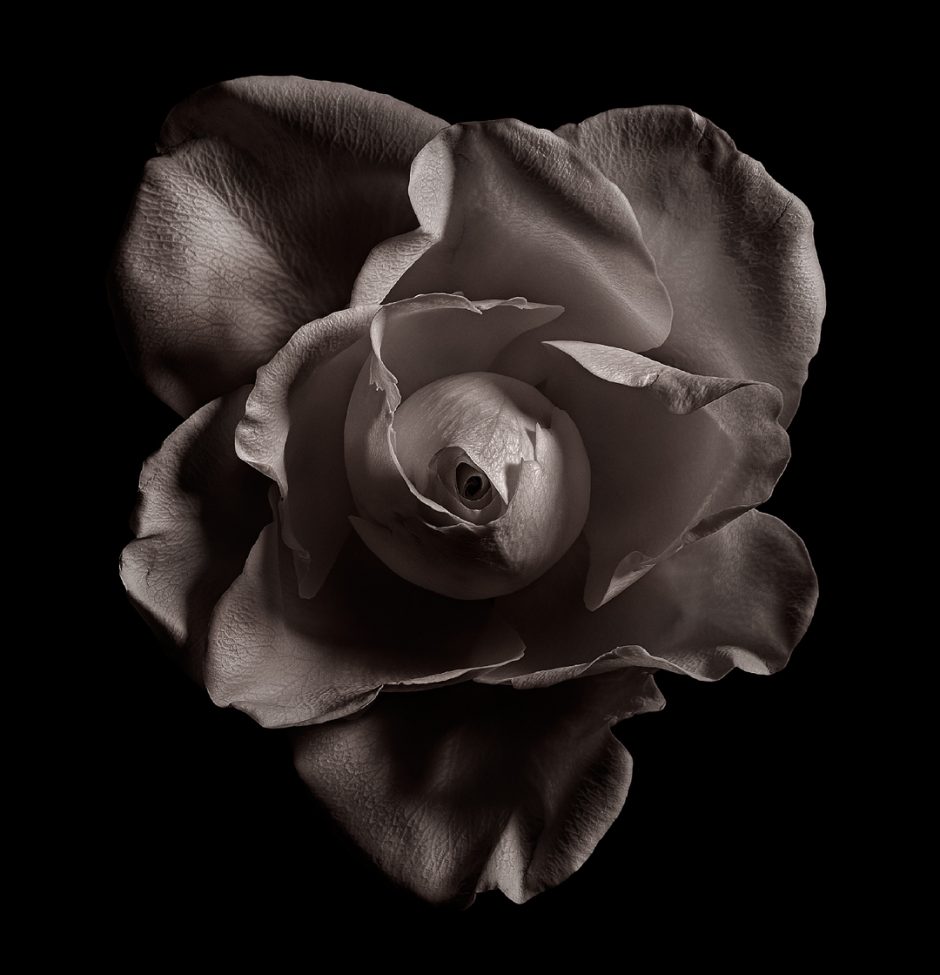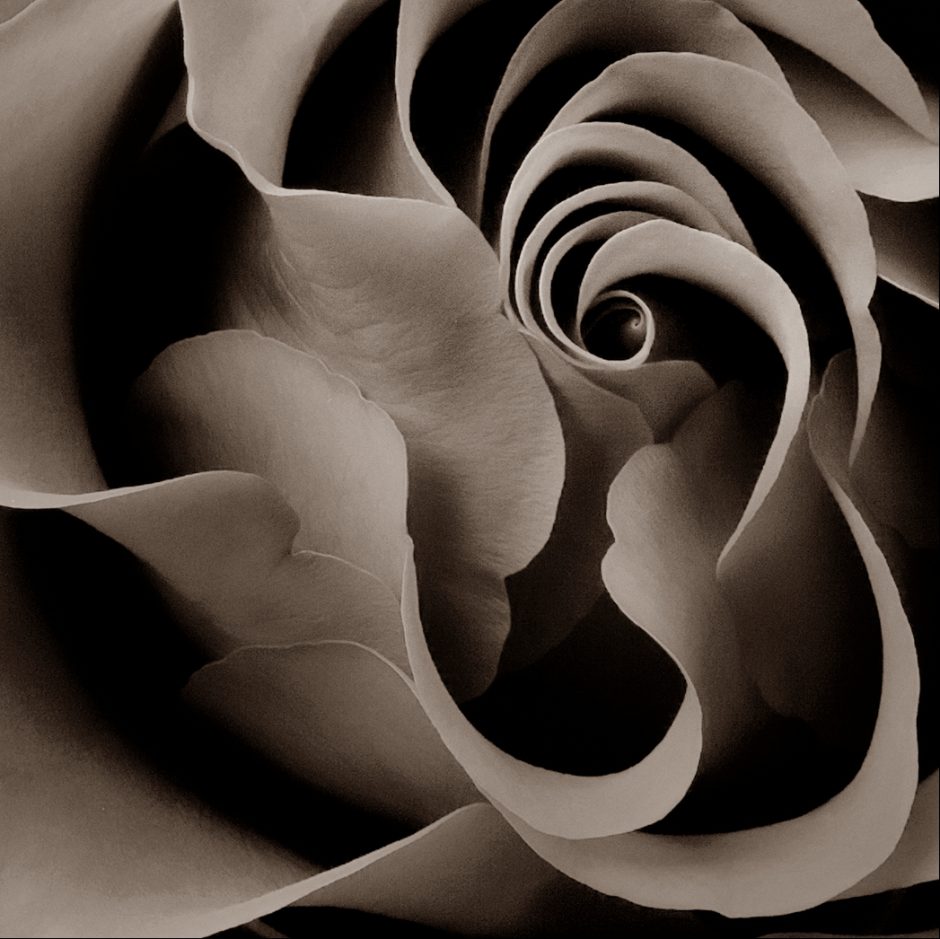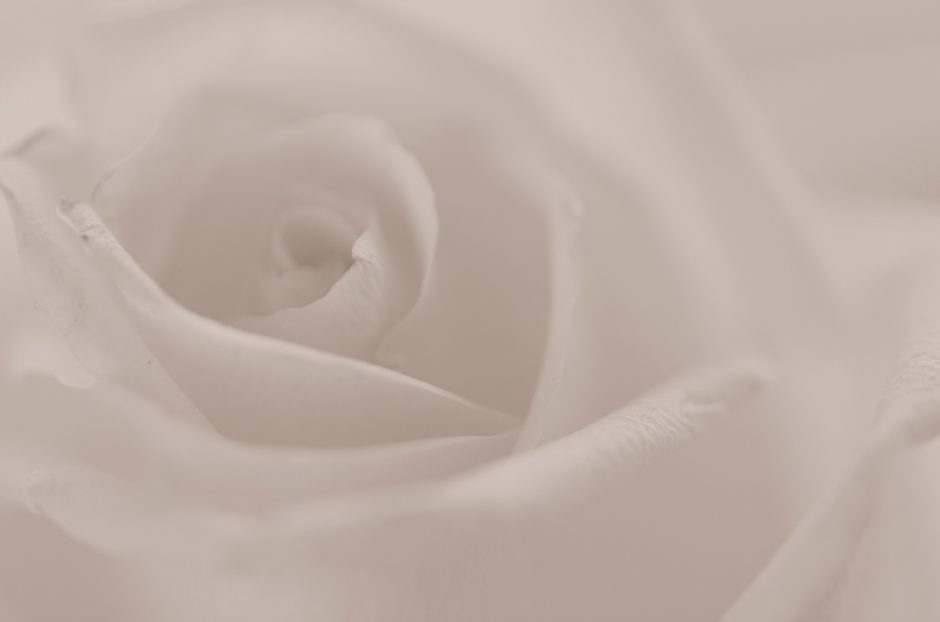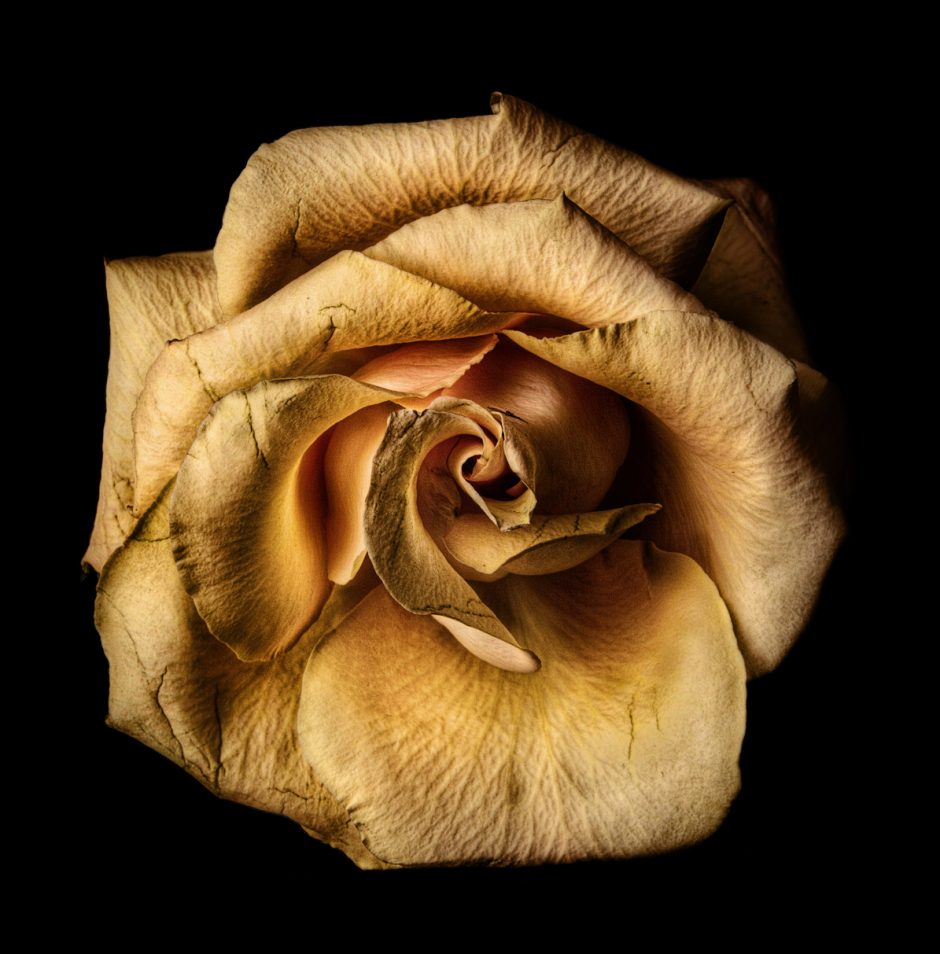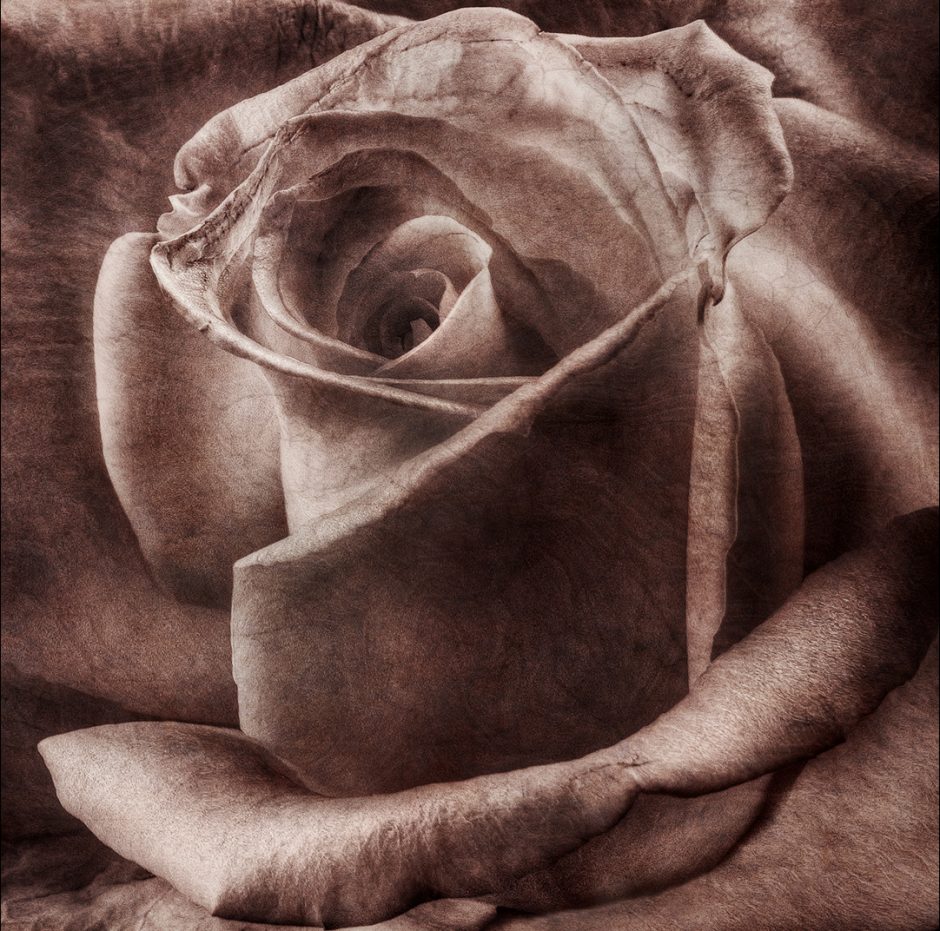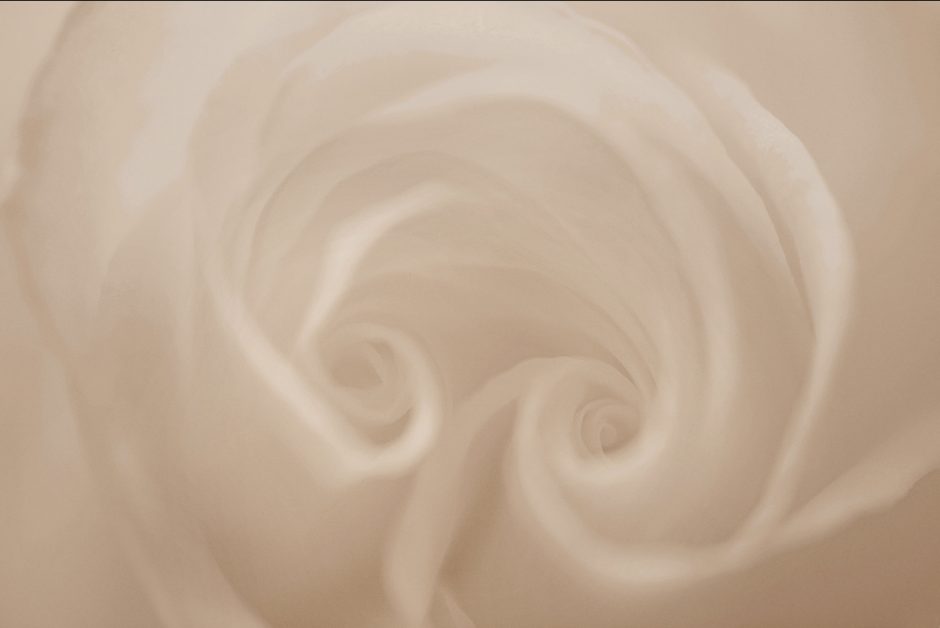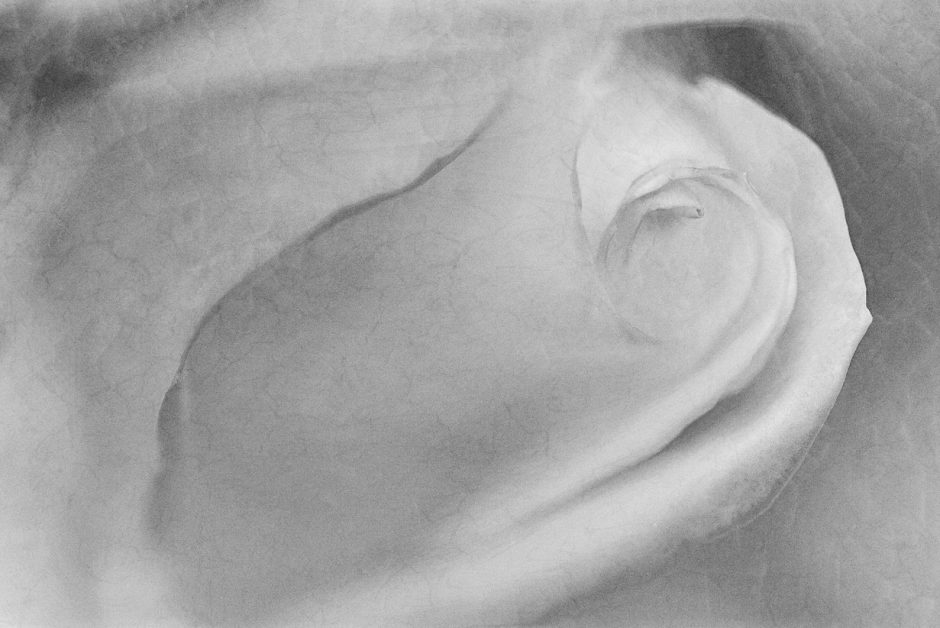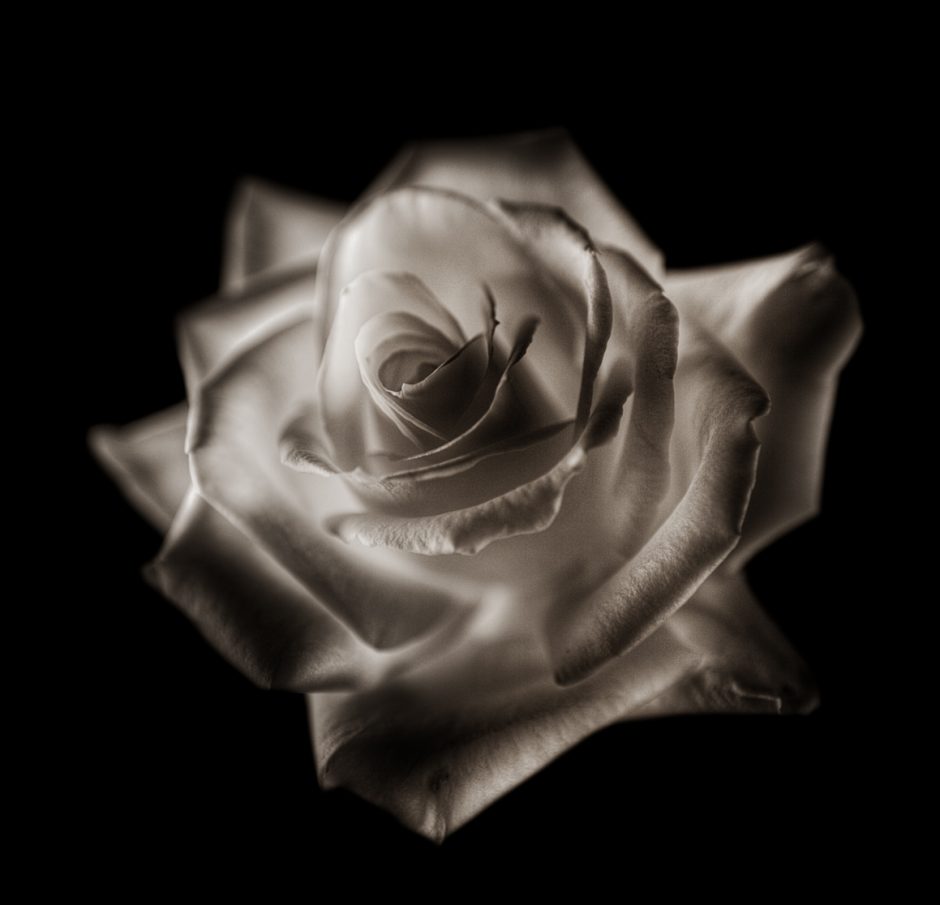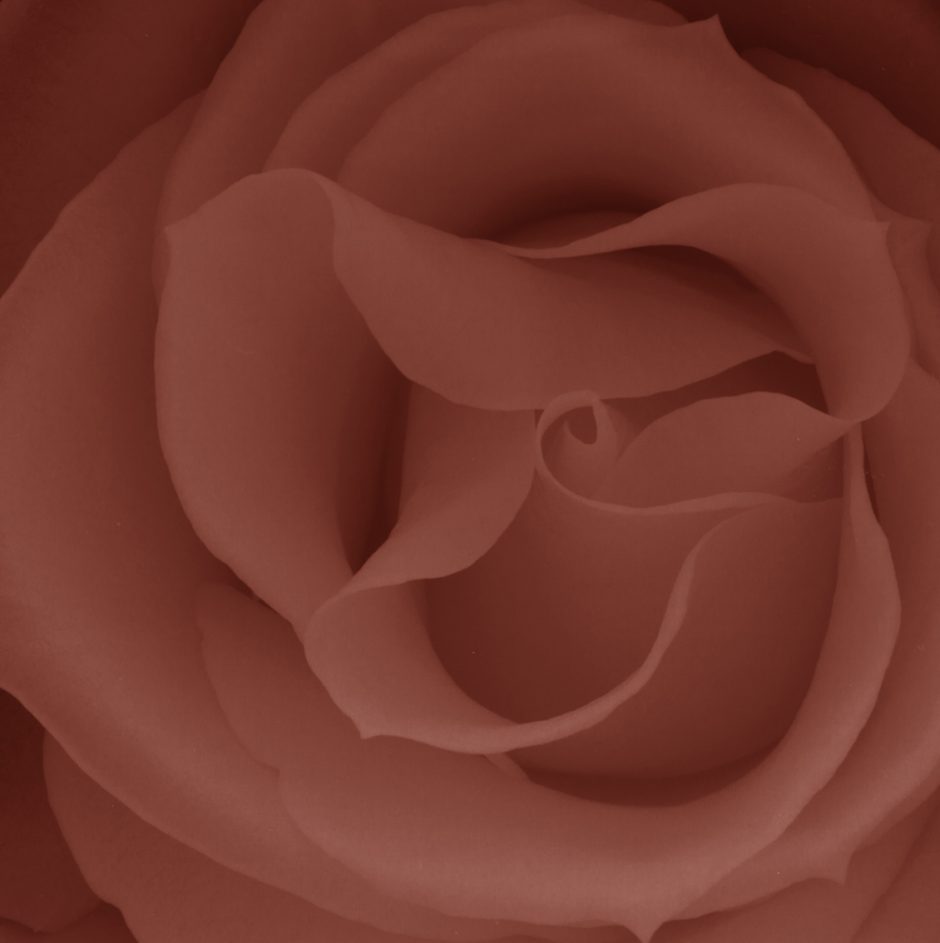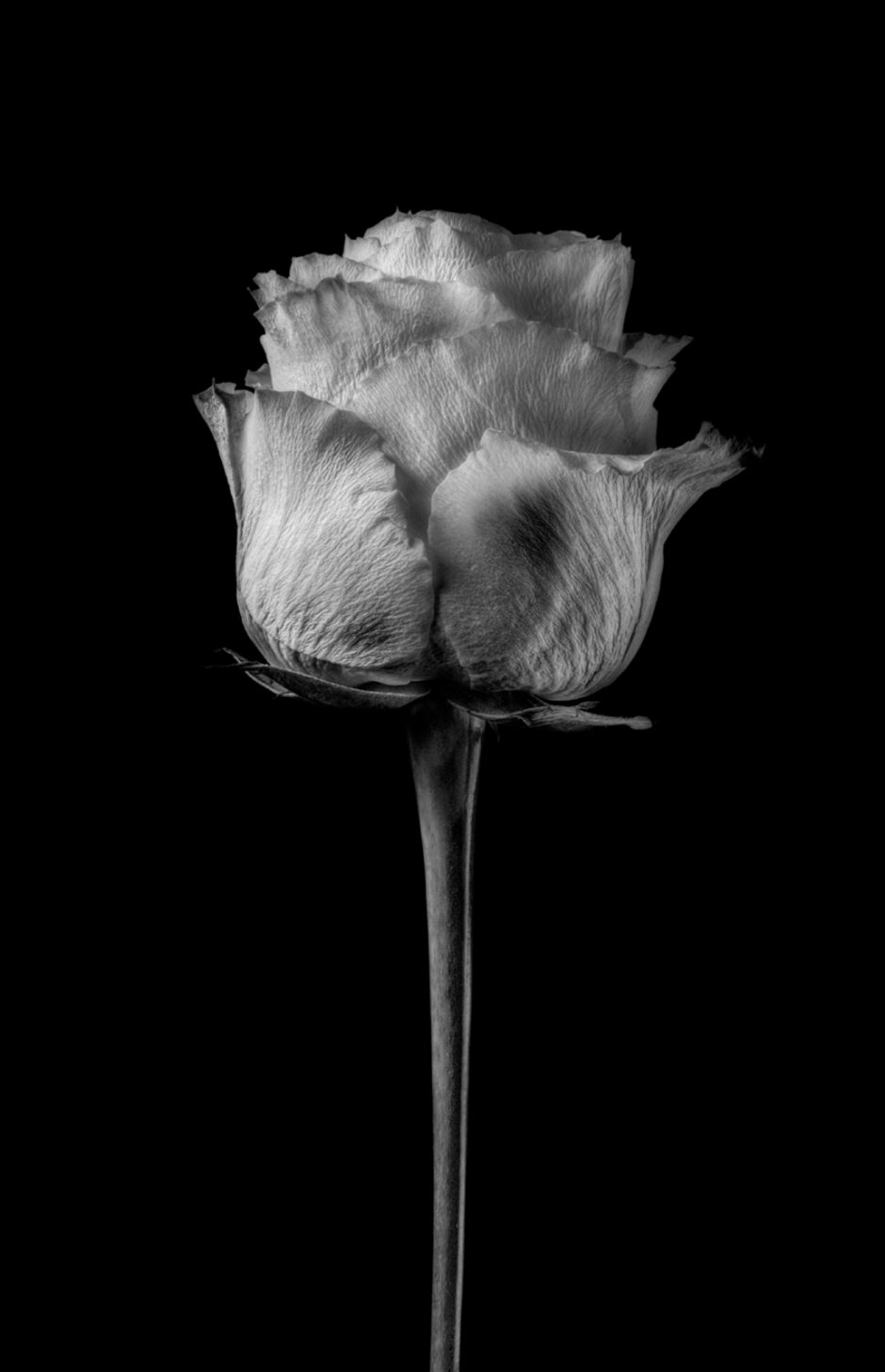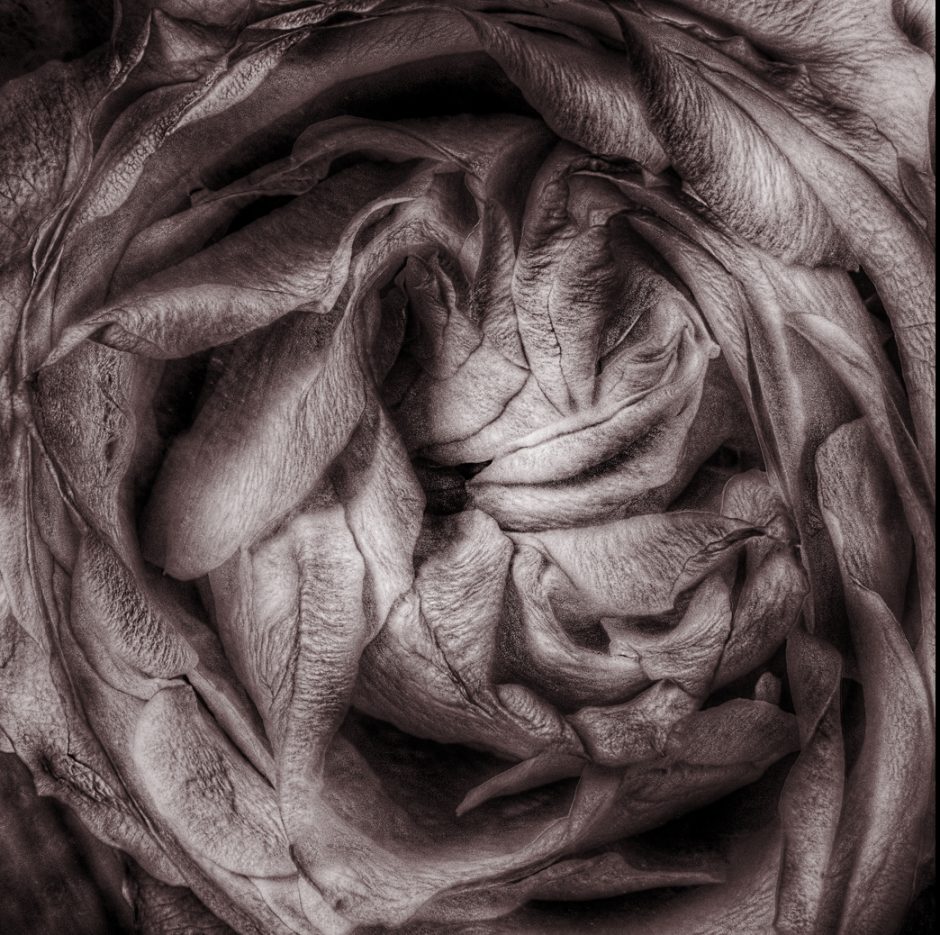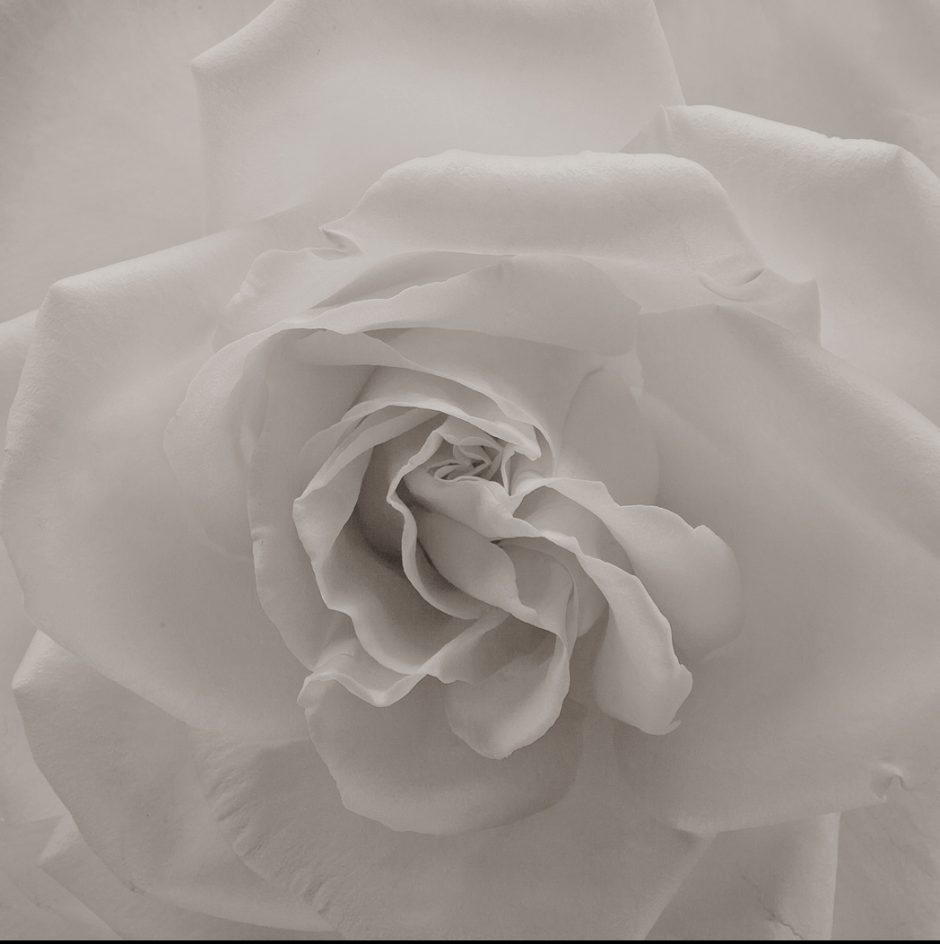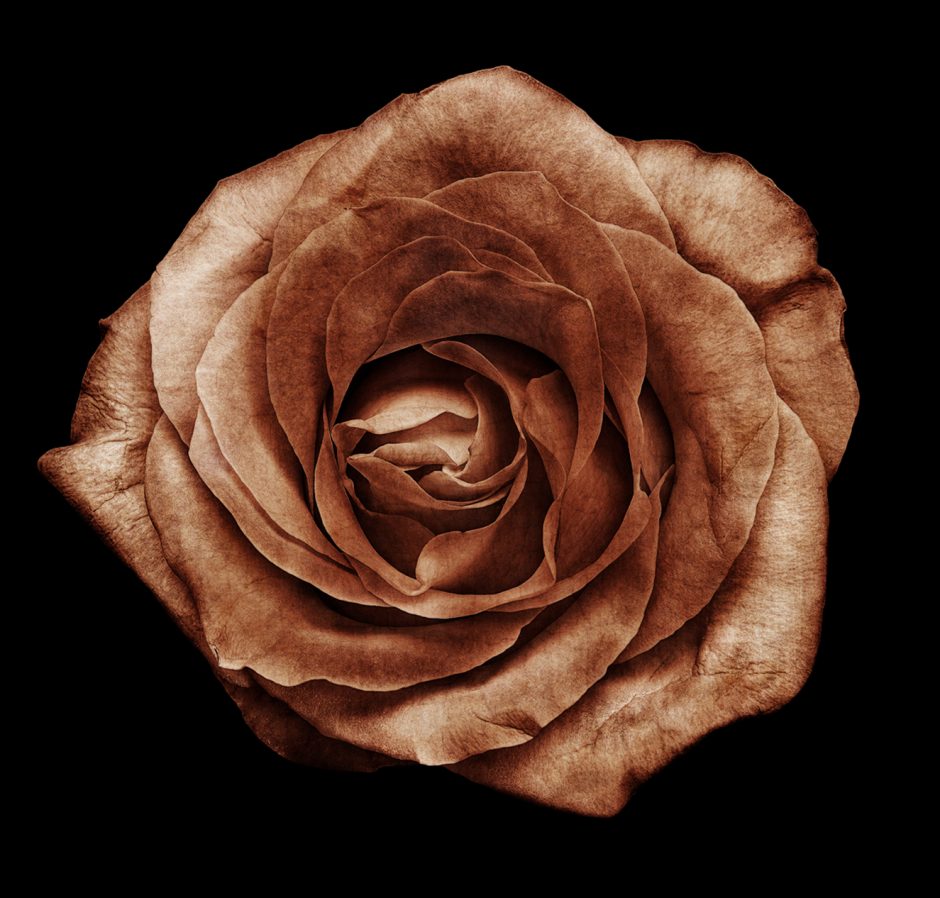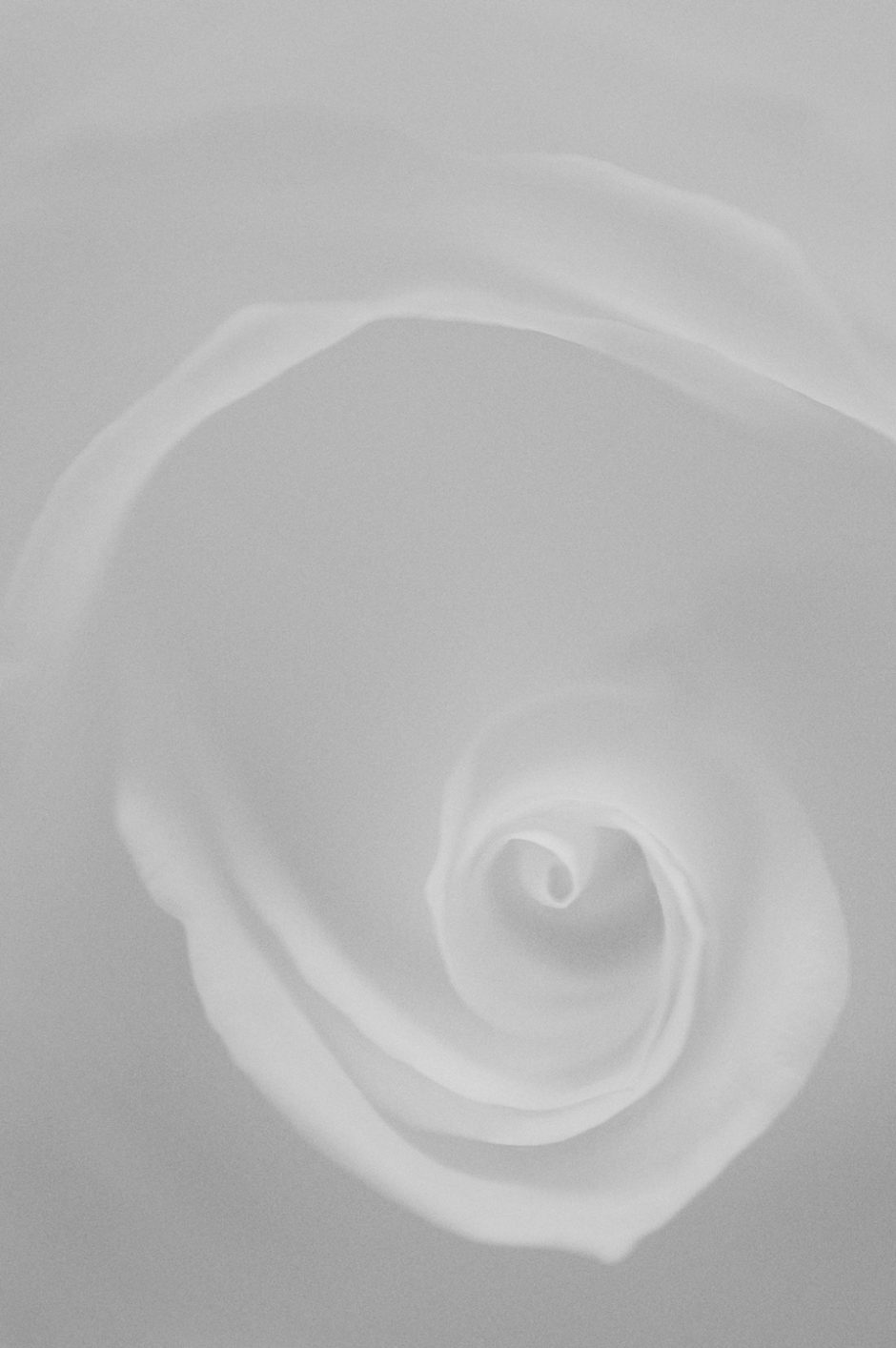In 2006, I decided that it was time to open my own photography studio in Batavia, IL. I had been working freelance for several companies and magazines, and eventually spent two years working for a photography studio in Naperville, IL full time, the only time in my life that I have ever held a full time job. It is a strange feeling to go from consistent employment to independence. My experiences had prepared me for designing my own studio, and I was well versed in the intricacies of workflow and pricing. What I was not fully prepared for is all of the paperwork involved with setting up a corporation. It is a commonly held believe that artists have little or no business sense. I am forever grateful for a long list of people that instilled a fundamental understanding of the photography business in me. Perhaps what I was never taught is how to blow off steam and relieve the frustrations of new found freedom. As fate would have it, my studio in Batavia was three stores down from a beautiful and quirky flower shop. A small crew of people spent long hours assembling beautiful floral arrangements with great diligence and care. These arrangements were far out of reach from my meager startup budget, but as fate would have it, quirky flower shops produce a good deal of trash in the way of dying flowers and other castoffs waiting for the right person to bring them back to life.
It is seemingly odd to talk about an artist process when it comes to photographing dead flowers. In reality, it was never my goal to form one, yet endless paperwork creates endless frustration that needs an outlet, and thus a process was born. Judging from the refuse in my favorite flower shop, it is evident that my view of beauty and how the world views beauty is quite different. Imperfect roses do not find their way into a bouquet from the hands of a skilled florist. Roses that are in full bloom are nearing later stages of life, and flowers with creases and torn petals don’t look particularly at home in elaborate arrangements. I see an entirely different perspective. As flowers age, a certain architectural quality begins to evolve as creases and veins become more prominent, texture forms and their true character shines. Realizing this was an epiphany, and digging in that trash can I realized that I was not photographing flowers, I was creating portraits.
“Book of Roses” is a collection of portraits telling the story of flowers that may have otherwise gone noticed. The roses are gathered from trashcans or from a back cooler where they waited to be thrown away. If you look close enough you will see flaws in every one of them. If you look close enough, you’ll see all of the things that I find beautiful in them.


